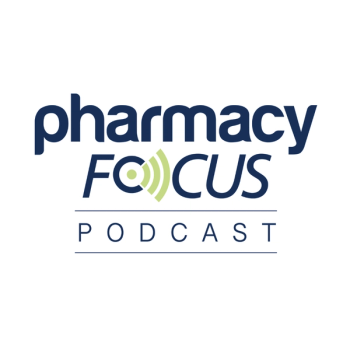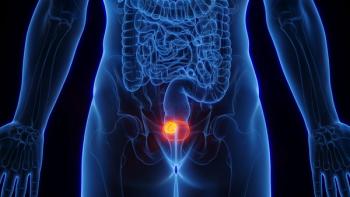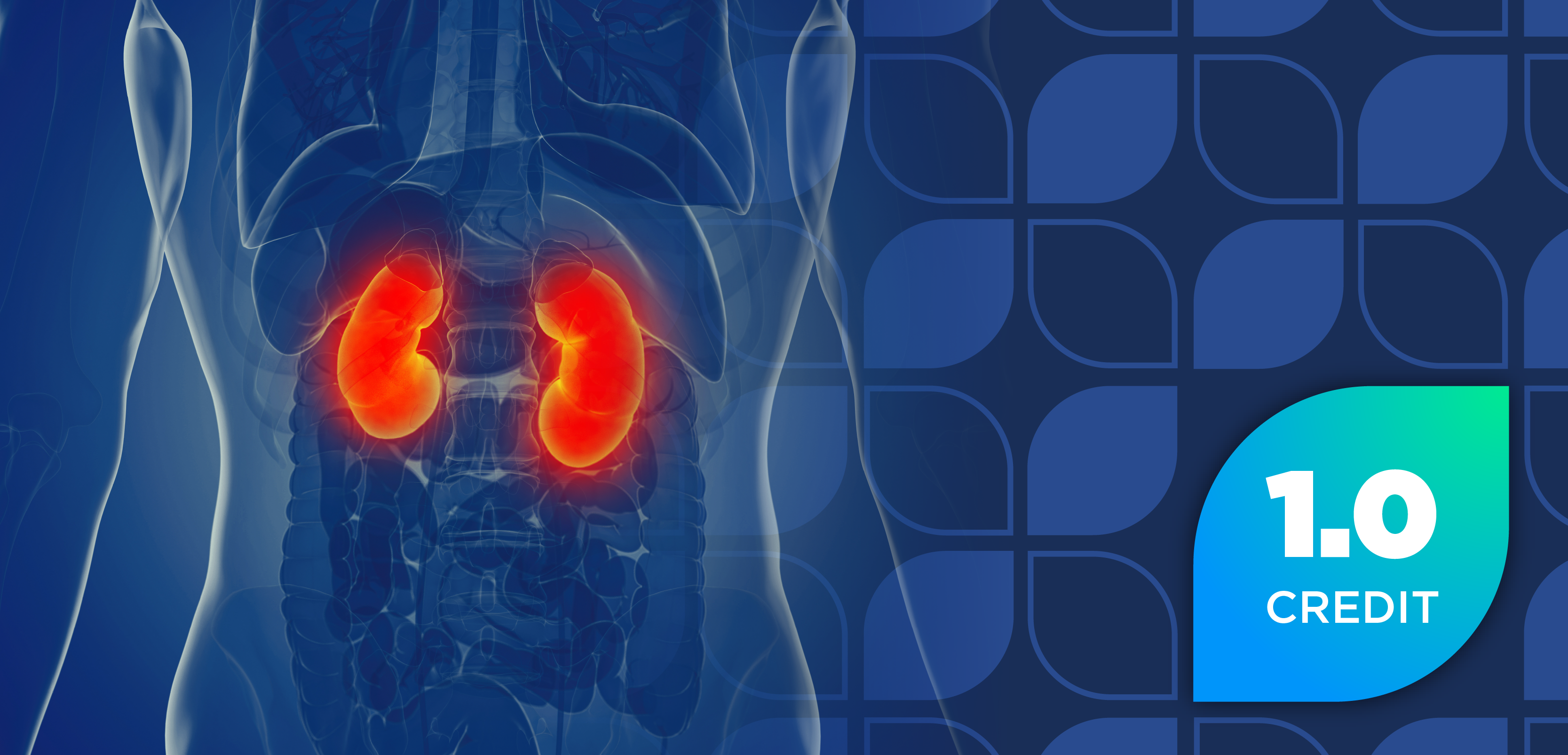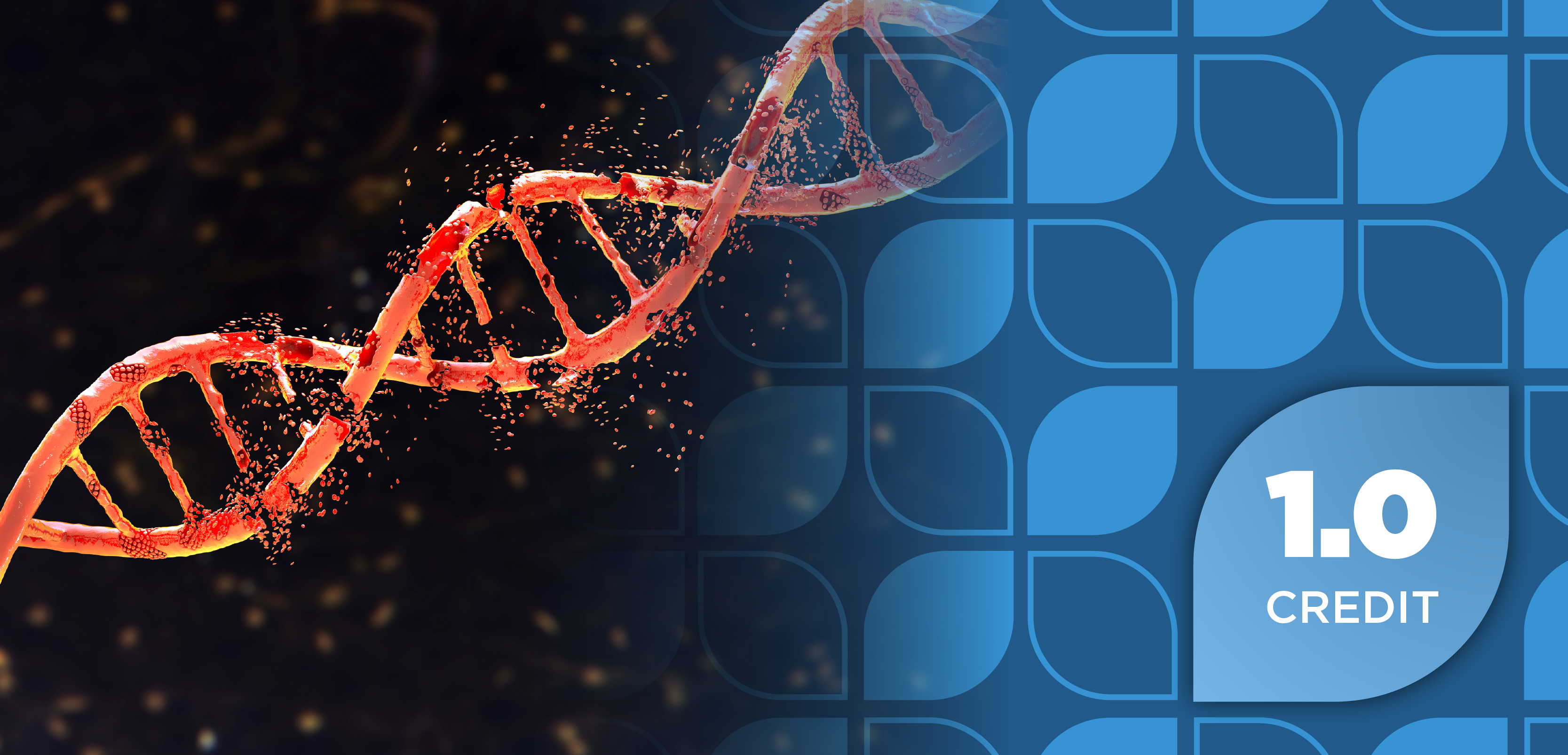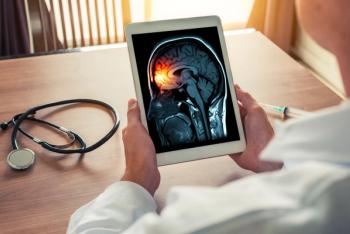
GLP-1 Agonists May Interfere with PET-CT Scan Interpretation
Key Takeaways
- GLP-1 receptor agonists can cause increased FDG uptake in muscles, heart, and fat tissue, complicating FDG-PET-CT scan interpretation.
- The use of GLP-1s has increased by 700% among US adults from 2019 to 2023, impacting glucose metabolism and other physiological processes.
GLP-1 receptor agonists significantly influence FDG-PET-CT scan interpretations, potentially leading to misdiagnosis in cancer detection.
New study findings presented by investigators at the European Association of Nuclear Medicine (EANM'25) have revealed that GLP-1s could affect the interpretation of oncological fluorodeoxyglucose-positron emission tomography-computed tomography scans (FDG-PET-CT), demonstrating higher uptake in muscles, the heart, and fat tissue that can sometimes be mistaken for cancer or inflammation.1
The use of glucagon-like peptide-1 (GLP-1) receptor agonists has increased, demonstrating a 700% upsurge in treatment among US adults between 2019 and 2023. The medications are designed to alter glucose metabolism, gastric motility, and sympathetic tone among individuals with diabetes, overweight, and obesity.
Understanding FDG-PET-CT Scans
An FDG-PET-CT scan detects metabolically active malignant lesions, including lung cancer, colorectal cancer, lymphoma, melanoma, breast cancer, ovarian cancer, brain cancer, and multiple myeloma. Additionally, the scan could be used to stage and monitor the response to therapy of malignant disease.2
Before receiving an FDG-PET-CT scan, individuals are told to avoid strenuous exercise or deep-tissue massage for 48 hours before, to not eat carbohydrates or sugary foods for 24 hours, and to avoid all food and drinks except water and medication for 6 hours before their appointment.2
During the exam, individuals receive a small injection of radioactive material through a vein and wait about 1 to 2 hours before the hour-long scan begins. As the individual is lying down, a special scanner captures images of how the material moves through the body. The scanner does not produce radiation and only detects it.2
How do GLP-1s Impact FDG-PET-CT Scans?
Previous research has demonstrated that GLP-1s can impact FDG-PET-CT scans due to increased FDG uptake in brown adipose tissue and increased FDG uptake in muscular and myocardial tissue, creating diagnostic confusion that could potentially lead to misdiagnosis and inappropriate treatment. To further evaluate this, researchers from Alliance Medical Ltd. conducted a retrospective case series review of FDG-PET-CT scans in patients being treated with GLP-1s.1
“We noticed unusual uptake in one of our patients on a GLP-1 agonist, which prompted a wider review across our network,” said Peter Strouhal, MD, PhD, medical director at Alliance Medical Ltd. “We found that these altered patterns are increasingly common, yet there is currently no national or international guidance in the UK addressing this emerging issue.”1
The results demonstrated that atypical patterns of tracer uptake could be misunderstood as pathology if the health care provider does not consider the patients’ medical history. Despite the findings, the study authors noted that they do not recommend altering patient preparation or stopping GLP-1s before receiving an FDG-PET-CT scan and instead suggest that health care providers and imaging teams document patients' medication histories to inform interpretation while updated guidance is being developed. Currently, Australia has updated their guidance, recommending continuing treatment, fasting from midnight, scheduling morning scans, and ensuring good glucose control, but the UK—where the study took place—does not address the issue.1
The study authors noted that they plan to expand their data collection across additional imaging centers to strengthen the evidence base for future national guidelines. They also aim to build international collaborations to promote consistent and reliable PET-CT interpretation for patients globally.1
“Recognizing the characteristic uptake associated with GLP-1 agonists helps avoid unnecessary anxiety and interventions, ensuring patients receive the right care, at the right time, without detours or doubt,” Strouhal said in the news release.1
REFERENCES
1. GLP-1 agonists pose emerging challenge for PET-CT imaging, study finds. EurekAlert! News release. October 7, 2025. Accessed October 9, 2025. https://www.eurekalert.org/news-releases/1100522
2. Cedars-Sinai. FDG-PET Scan. Accessed October 9, 2025. https://www.cedars-sinai.org/programs/imaging-center/exams/pet-ct-scans/fdg-pet-scan.html
Newsletter
Stay informed on drug updates, treatment guidelines, and pharmacy practice trends—subscribe to Pharmacy Times for weekly clinical insights.

